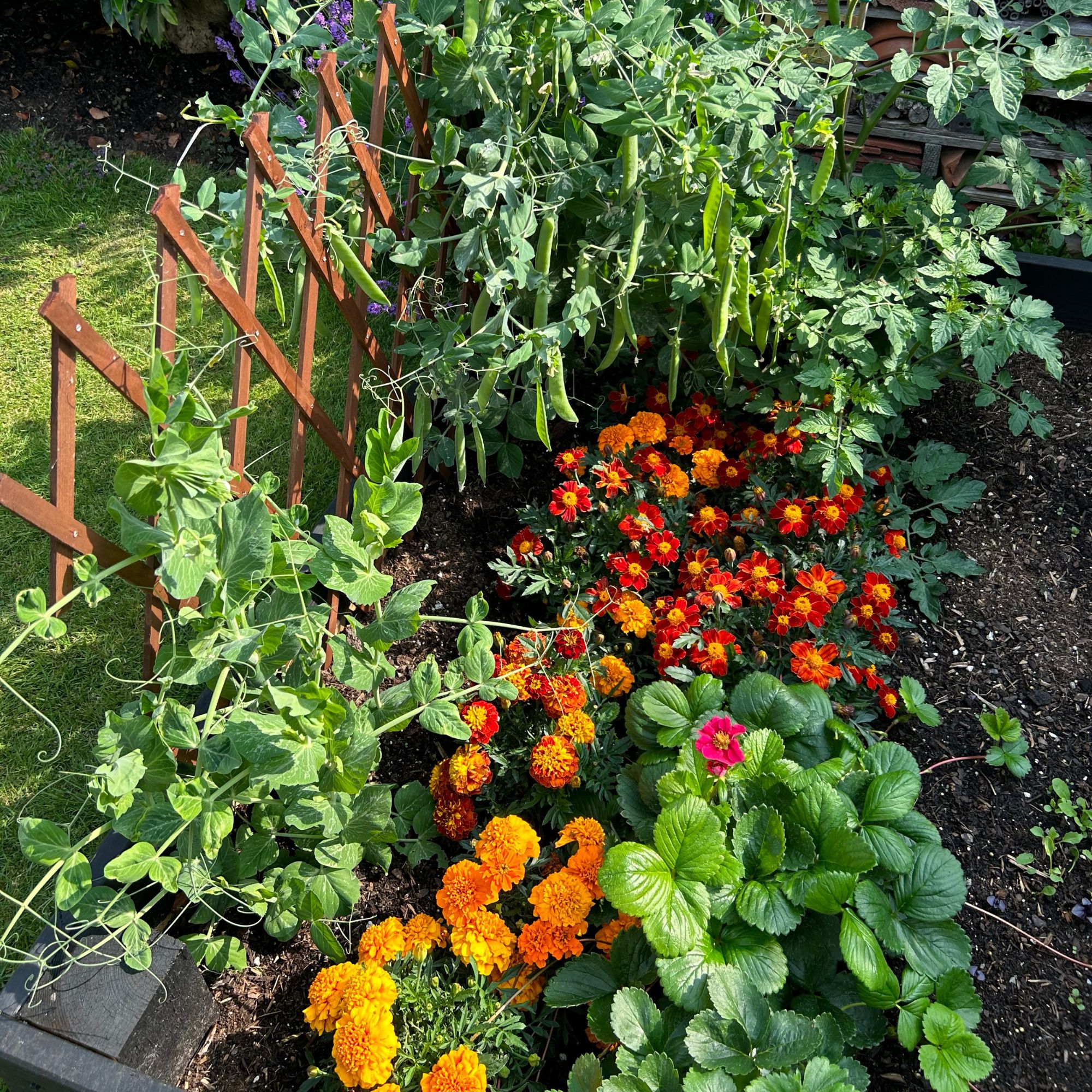
If you have an interest in gardening, then you’ve probably heard the term no-dig gardening thrown around a lot over the past couple of years. You may even be familiar with its other alias, ‘lasagne gardening’ (no, I’m not joking) - but if you don’t know how to do no-dig gardening, don’t worry because we’ve asked the experts for you.
No-dig gardening is the practice of covering the ground with organic matter like compost and directly planting into it - avoiding the need to dig.
The planet-friendly (and back-friendly) method has become a hugely popular gardening trend, and if you’ve been wondering how you too can do it at home, this is everything you need to know.
The one rule of no-dig gardening you need to follow
The no-dig method is one of the easiest ways to start a vegetable patch, grow fruit and flowers and requires less manual labour on your part. And to start off with, you need to start with a layered base.
‘Your first step should be to prepare the ground with a thick layer of organic material, such as straw, high-quality compost or wood chips,’ explains James Ewens, Commercial Director at Green Feathers.
‘If you’re starting with a lawn or a particularly weedy area, cover with cardboard or newspaper to block the sunlight and stop weeds from growing, then layer compost and organic matter on top; these will naturally break down over time and enrich the soil underneath.’

The method really is simple, however you should be aware you need to be patient. As the season goes on, you’ll need to add more layers to mainatin you’re patch and over time you will notice a clear improvement to your soil quality.
‘These layers imitate natural decomposition as it happens during forests, to encourage earthworms and beneficial microbes to aerate and enrich the soil naturally,’ says Eduard Negodenko, landscaping expert and gardener at Avanti Landscaping.
‘One of the great techniques of maintaining a no-dig garden is constantly adding organic mulch and compost on the surface and replenishing nutrients while conserving the moisture within the ground.
‘This practice works excellently for deep-rooted vegetables like carrots, parsnips, and tomatoes and very well for perennials that enjoy undisturbed soils. Slowly but surely improving the structure of the soil will create a self-sufficient ecosystem that requires less watering, fertiliser, and intervention.’

The beauty of this method is that aren’t a hundred different steps to follow or a number of products to buy. Like all good things, you just need to be consistent.
‘The ongoing maintenance of no-dig is straightforward. It’s a great option for beginner gardens or those with limited time; a perfect low-maintenance and sustainable method,’ James clarifies.
The lasagne layers of matter suppress weeds and keep moisture in your soil, making it an excellent method.
Get started
Wood chips are a great way to start off the base layer of your do-dig garden patch.
You'll also want to invest in some high-quality compost to keep building your layers.
Mulch is also a great choice of organic matter as it helps your soil retain moisture, moderate temperature, supress weeds and improve soil health.
Will you be considering it for your garden ideas? Your back and garden may thank you for it.







